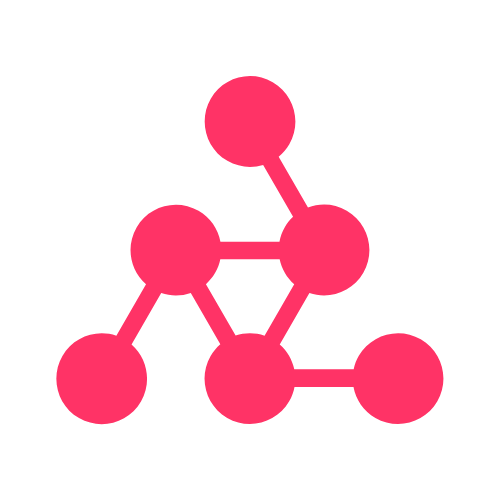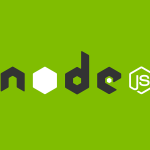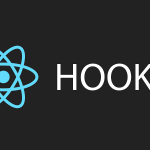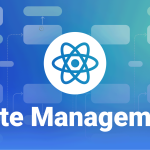In today’s AI-driven world, building your own chatbot is no longer limited to large tech companies. Thanks to accessible machine learning frameworks and cloud tools, individuals and small businesses can now train intelligent, domain-specific chatbots using their own data. Whether you want to create a customer support bot, an educational assistant, or a personalized companion, this guide will show you how to train a custom AI chatbot step by step using your own content, without needing a PhD in data science.
Table of Contents
Why Train a Custom AI Chatbot
Generic chatbots like ChatGPT or Google Gemini are powerful but not tailored to specific industries or organizations. A custom-trained AI chatbot allows you to integrate your business documents, FAQs, and proprietary data, making it more accurate and useful. For example, an e-commerce store can train a bot to answer product questions, or a university can build one to guide students through admissions. According to IBM’s AI Adoption Report, over 42% of enterprises are now using or planning to use AI chatbots for customer engagement.
Step 1: Collect and Prepare Your Data
Your AI chatbot’s intelligence depends on the quality of data you feed it. Start by gathering relevant information such as FAQs, product manuals, website content, or PDF documents. Convert all files into a readable text format like .txt or .csv. You can use tools such as Adobe Acrobat to extract text from PDFs or Beautiful Soup for web scraping if your data is online. Make sure to clean the data by removing duplicates, irrelevant text, and formatting errors.
Step 2: Choose the Right AI Framework
Several open-source and cloud-based frameworks allow you to build and train AI chatbots easily. The most popular ones include:
- LangChain – for connecting large language models with custom data sources. (LangChain Docs)
- Rasa – an open-source framework for building conversational AI. (Rasa)
- OpenAI API – for embedding and fine-tuning GPT models on your dataset. (OpenAI Platform)
Each of these platforms supports integration with vector databases and embeddings that help your chatbot “understand” and retrieve information effectively.
Step 3: Create and Store Data Embeddings
To train your chatbot with your own data, you need to convert text into embeddings numerical representations that capture the meaning of sentences. Using libraries like OpenAI Embeddings API, Sentence Transformers, or Pinecone, you can transform your dataset into vectors. These vectors are then stored in a vector database such as Pinecone, Weaviate, or FAISS. This step allows your chatbot to retrieve relevant answers from your documents when users ask questions.
Step 4: Connect the Model to Your Data
Once your data is embedded, you’ll link it to an AI model such as GPT-4, Gemini 1.5 Pro, or Llama 3. This is done through a retrieval-augmented generation (RAG) pipeline. The model retrieves the most relevant data from your database and uses it to answer user queries. If you’re using LangChain, a simple implementation in Python might look like this:
from langchain.chains import RetrievalQA
qa = RetrievalQA.from_chain_type(llm=model, retriever=vectorstore.as_retriever())
response = qa.run("What is our refund policy?")
print(response)
This ensures the model responds based on your actual data rather than general knowledge.
Step 5: Add a Frontend Interface
Your AI chatbot can be deployed as a web or mobile app interface using frameworks like Streamlit, Next.js, or Flutter. For example, Streamlit lets you create a simple chat UI with a few lines of Python code. You can even embed your bot on your website using JavaScript or integrate it with popular platforms like Slack or WhatsApp using APIs.
Step 6: Fine-Tuning and Testing
Once your chatbot is running, test it with real user questions to identify weak areas. You can fine-tune responses by improving your dataset or retraining the embeddings. Regular testing ensures your chatbot remains accurate and up to date. For businesses, adding feedback collection allows users to rate responses, which helps refine the model further. Platforms like Weights & Biases can be used to track performance metrics and fine-tuning results.
Step 7: Ensuring Security and Ethical AI Use
When training on private data, prioritize user privacy and compliance. Always anonymize sensitive information and follow regulations like GDPR. Use secure cloud storage and access control for your database. Both OpenAI’s usage policies and Google’s AI ethics guidelines emphasize the importance of transparency, fairness, and accountability in AI systems.
Final Thoughts
Training a custom AI chatbot using your own data empowers you to create intelligent digital assistants tailored to your unique goals. Whether it’s for customer support, education, or research, these bots can deliver fast, personalized, and consistent interactions. The key is to start small experiment with a limited dataset, evaluate responses, and scale gradually. With the right mix of tools like LangChain, Pinecone, and OpenAI’s APIs, you can build a powerful chatbot that not only understands your content but also reflects your brand’s voice and values.
Also Check How to Secure Your Wi-Fi Network from Hackers in 2025







1 thought on “Train a Custom AI Chatbot Using Own Data – Free Data 2025”